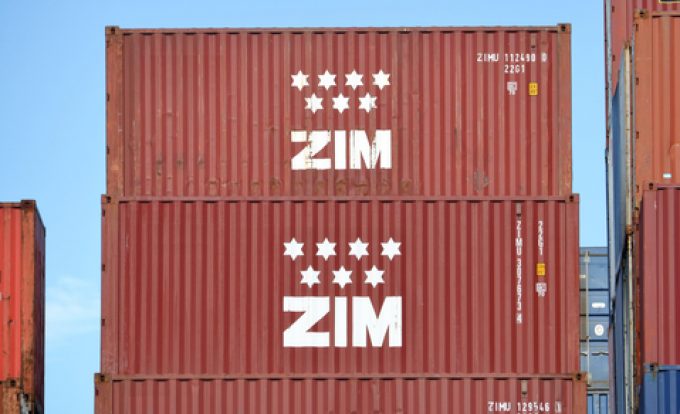'Another painful headache for shippers' as Asia-N Europe rate rally ends
It seems the recent container freight spot rate rally on the Asia-North Europe trade might ...

Israeli ocean carrier Zim said yesterday it expected freight rates to keep falling and was preparing for the ‘new normal’ by focusing on profitable niche markets for its container services and expanding its car-carrier business.
Zim reported third-quarter revenue of $3.1bn, down 3% on the same ...

Comment on this article